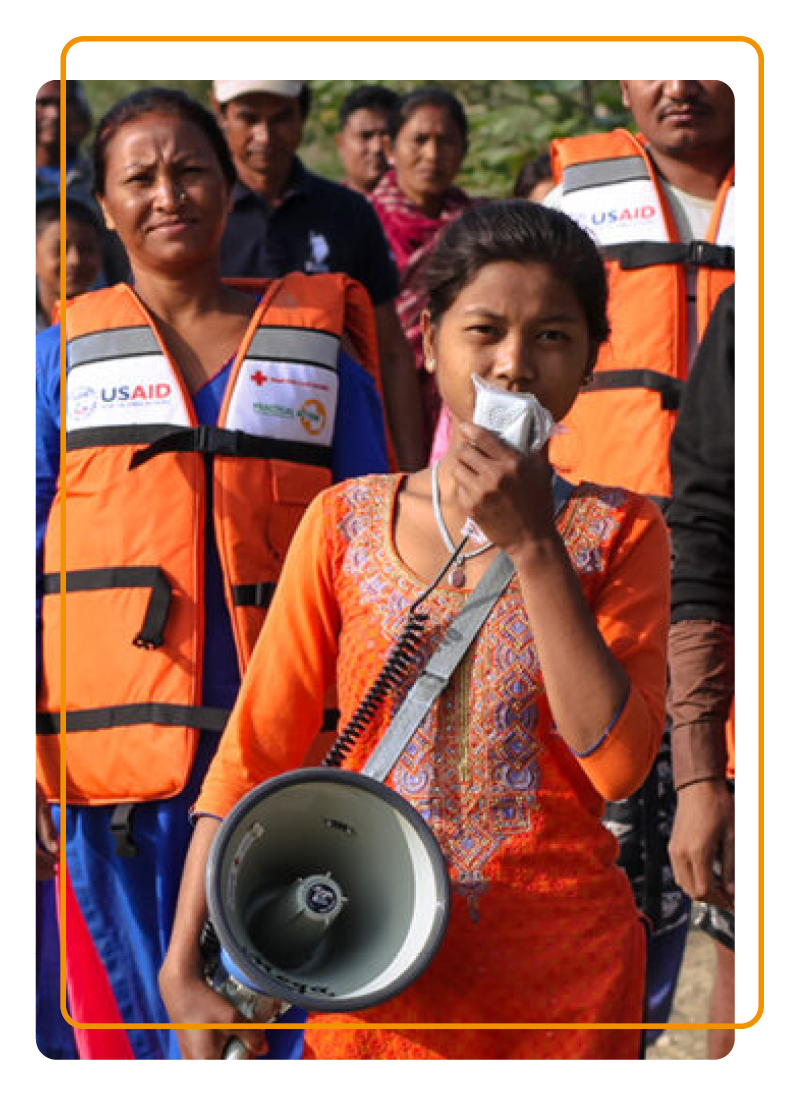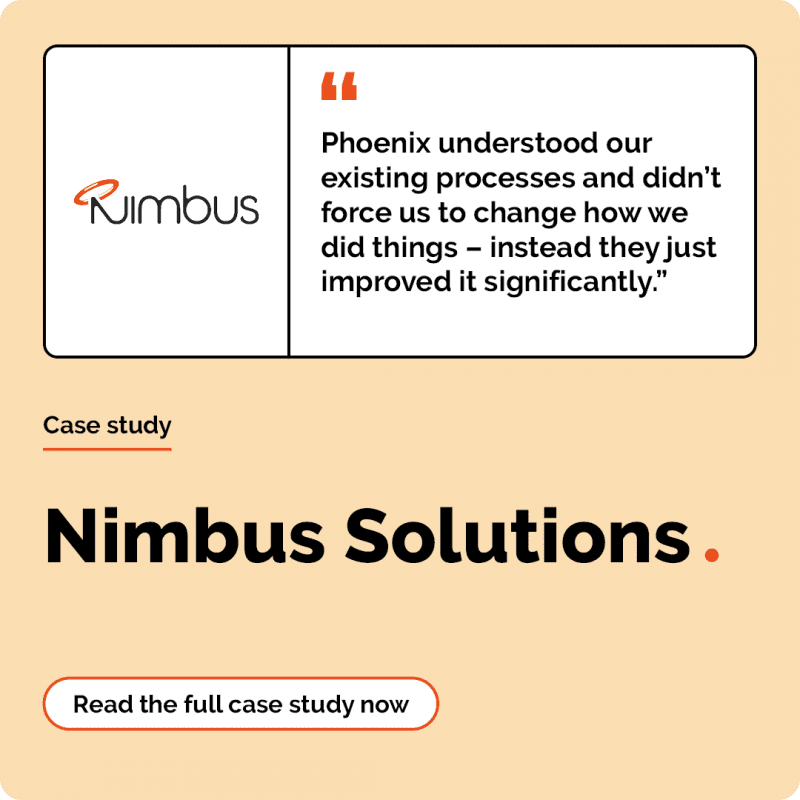Practical Action is an international development charity with operations in Africa, Asia, and Latin America, with particular concentration on Kenya, Malawi, Rwanda, Sudan, West Africa, Zimbabwe, Bangladesh, India, Nepal, Bolivia, and Peru.
The charity’s mission is to drive sustainable development and technological innovation in communities that need it most. With a workforce of over 450 people and an expanding digital infrastructure, their IT needs have grown significantly over the years.
Phoenix Software has worked with Practical Action for over 15 years as its primary software supplier and go-to expert for solving any technical challenges it comes up against. As Practical Action has sought to shift to a “Cloud First” infrastructure while maintaining a light IT footprint across its 10 geographic locations, it sought a solution to deploy new devices more efficiently.

The challenge
As an international development charity, Practical Action seeks to embed itself into the communities that it is working to help, working with people on the frontlines of poverty and climate change. This means its regional offices are often located in areas with challenging infrastructure, where internet access can be relatively slow and unreliable. At the same time, the charity had ambitions to provide a more standardised and consistent IT experience to its 450 staff, so that devices would work in the same way wherever they were in the world.
With a small central IT team managing 400-500 devices globally, realising its vision of a standardised IT setup faced many challenges:
Each location has varying levels of local IT support, with many locations relying entirely on remote support. This approach inevitably led to differing IT configurations and inconsistent security standards across devices.
Previously, Practical Action relied on a Windows Deployment Server (WDS), requiring devices to be manually configured and patched on-site. This process was slow, labour-intensive, and difficult to scale or manage remotely.
The charity initially operated with a hub-and-spoke VPN model, where offices connected to UK-based servers. This approach not only posed security concerns and created unnecessary complexity, but would lead to service outages when internet connections failed.
Each region’s IT environment varied, making troubleshooting and management time-consuming.
Ensuring devices were properly encrypted and secure was an ongoing challenge due to hardware limitations, such as older devices lacking TPM chips to support BitLocker encryption for example.





To overcome these issues, Practical Action sought an efficient, scalable, and secure solution that would enable the charity to onboard new devices remotely while maintaining a common IT environment across its locations. At the same time, the charity has ambitions to move to a Cloud-First environment wherever practical, so it was important for its deployment solution to match that approach.
Solution
Phoenix Software introduced Microsoft Intune and Windows Autopilot to Practical Action’s IT environment, allowing it to automate device deployment and enforce security policies with minimal hands-on intervention.
This modern deployment solution enables Practical Action to pre-configure and provision Windows devices, allowing employees to set up devices securely with minimal IT interaction. This approach significantly reduces workload for the IT team and ensures a more consistent IT setup globally.
Provides centralised, cloud-based management of devices, allowing Practical Action to standardise configurations, push updates, and enforce security policies remotely.
Previously, language and time zone settings had to be configured manually for each device. Intune’s automation ensures seamless localisation regardless of deployment location.
Phoenix helped upgrade non-compliant devices to support BitLocker encryption, improving the charity’s overall security posture.
Practical Action has moved away from traditional on-premises servers and a VPN-based network architecture, instead enabling direct Azure access for the majority of its sites. This shift has enhanced security, reduced complexity, and lowered costs.










